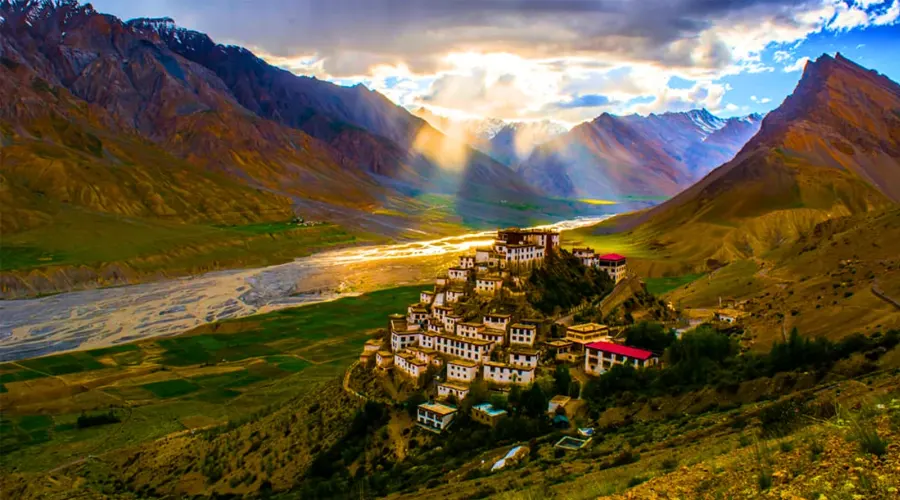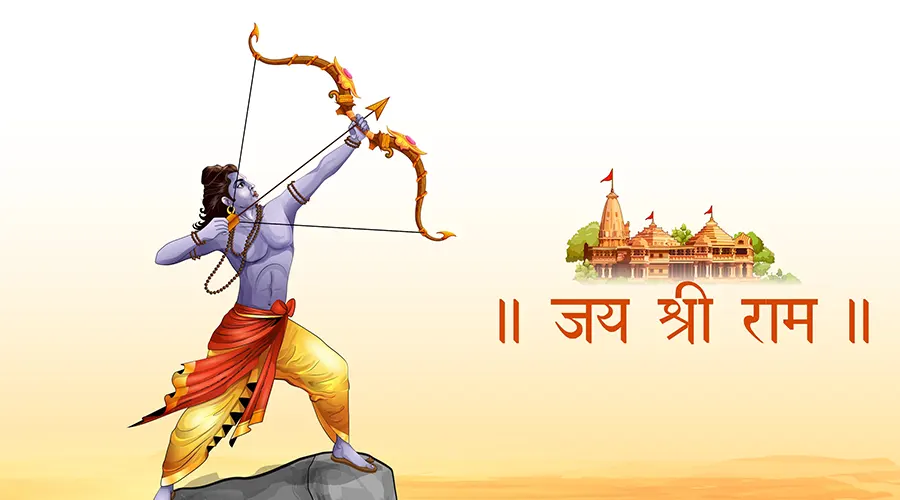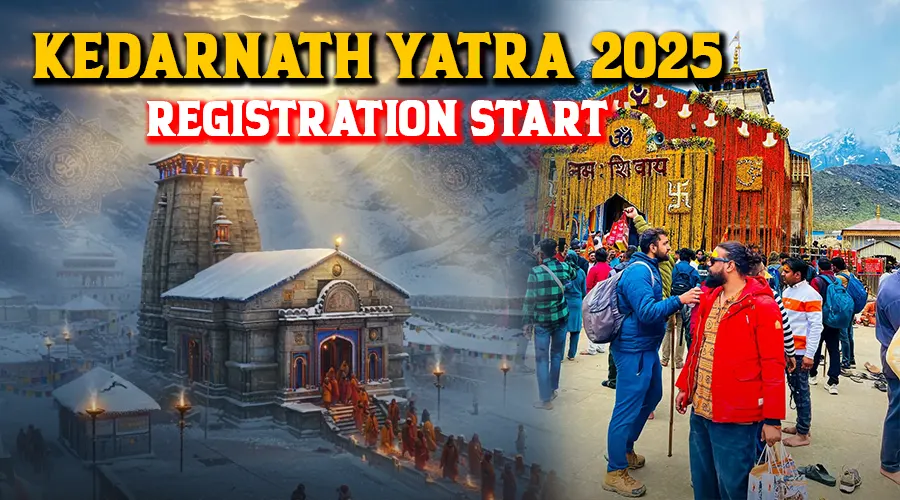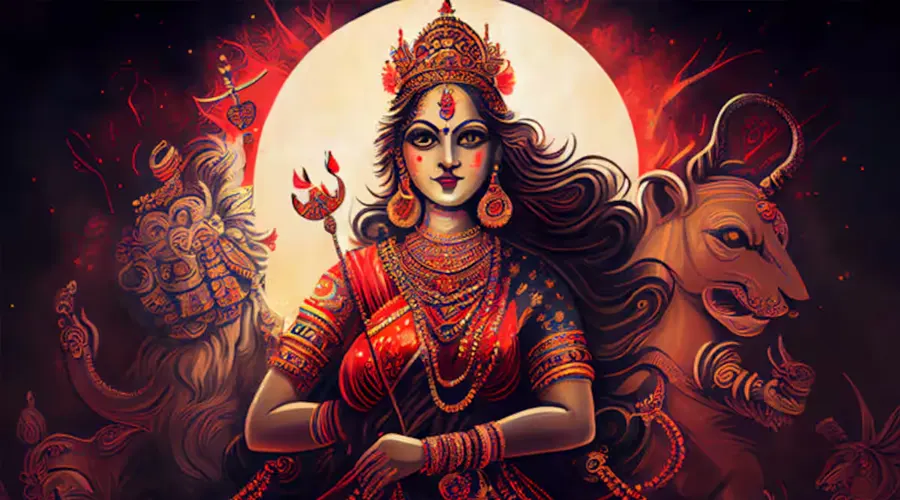Gurudwaras of India – A Journey of Devotion, Equality, and Community
India, the birthplace of Sikhism, is home to some of the most spiritually uplifting and architecturally grand Gurudwaras (Sikh temples) in the world. These sacred spaces welcome people of all backgrounds, offering a unique blend of spirituality, history, and service. Whether you're a pilgrim or a curious traveler, visiting a Gurudwara in India is a deeply moving experience marked by devotion, humility, and langar (community meals).
What is a Gurudwara? Understanding Sikh Temples and Their Significance
A Gurudwara, meaning “gateway to the Guru,” is a sacred space in Sikhism that serves as both a spiritual center and a symbol of equality and service. It features a main hall where the Guru Granth Sahib is enshrined and recited, a langar hall where free meals are served to all, and a welcoming atmosphere that emphasizes community, humility, and inclusivity. Gurudwaras are open to everyone, reflecting the Sikh values of compassion, unity, and selfless service (seva).
Golden Temple (Harmandir Sahib), Amritsar – Punjab
The Golden Temple, located in Amritsar, Punjab, is the holiest site in Sikhism and a powerful symbol of peace, equality, and devotion. Adorned with a stunning gold-covered sanctum and surrounded by the sacred Amrit Sarovar, it draws thousands of visitors daily for spiritual reflection. The temple is also renowned for hosting the world’s largest community kitchen (Langar), offering free meals to everyone, regardless of religion or background. Its serene atmosphere and spiritual significance make it a must-visit destination in India.
- Holiest Sikh shrine
- Open 24/7
- Continuous kirtan
- Amrit Sarovar (holy water tank)
- World’s largest Langar (community kitchen)
Takht Sri Patna Sahib – Bihar
Located in Patna, Bihar, Takht Sri Patna Sahib is the sacred birthplace of Guru Gobind Singh Ji, the tenth Sikh Guru. This revered Gurudwara holds immense religious and historical importance, drawing pilgrims from around the world. The structure showcases a majestic blend of Sikh and Mughal architectural styles, and stands as a powerful symbol of Guru Gobind Singh Ji’s legacy, courage, and spiritual teachings. As one of the five Takhts in Sikhism, it is a key site of authority and reverence within the Sikh faith.
Gurudwara Bangla Sahib – New Delhi
Located in the heart of India’s capital, Gurudwara Bangla Sahib is renowned for its serene atmosphere and the sacred sarovar (holy pond) believed to have healing properties. With its golden dome and spiritual ambiance, it serves as a peaceful retreat for both devotees and tourists. Welcoming people of all faiths, the Gurudwara is known for its continuous kirtan, langar services, and a strong sense of community and compassion amidst the bustling city.
Hemkund Sahib – Uttarakhand
Hemkund Sahib is a breathtaking high-altitude Gurudwara nestled in the Himalayas, surrounded by snow-clad peaks and a pristine glacial lake. Situated at an elevation of over 4,500 meters, it is one of the highest and most scenic Sikh pilgrimage sites in India. Accessible via a challenging yet scenic trek from Govindghat, the journey to Hemkund Sahib is both physically rewarding and spiritually uplifting, attracting thousands of devotees and adventure seekers every year.
Gurudwara Sri Hazur Sahib – Nanded, Maharashtra
Located in Nanded, Gurudwara Sri Hazur Sahib is one of the five Takhts in Sikhism, representing one of the highest seats of authority in the faith. It holds immense historical importance as the place where Guru Gobind Singh Ji spent his final days and passed on the spiritual leadership to the Guru Granth Sahib. The Gurudwara's majestic structure and sacred relics make it a key pilgrimage site, deeply revered by Sikhs around the world.
Manikaran Sahib – Himachal Pradesh
Nestled in the picturesque Parvati Valley, Manikaran Sahib is a revered Sikh pilgrimage site known for its natural hot springs, breathtaking mountain views, and spiritual tranquility. It is believed that the geothermal waters here possess healing properties. The Gurudwara attracts devotees and travelers alike who come to experience both its religious significance and serene natural beauty, making it a unique blend of spirituality and nature.
What to Expect When Visiting a Gurudwara
Visiting a Gurudwara is a peaceful and welcoming experience open to all, regardless of faith. Here’s what to keep in mind:
- Cover your head – Scarves or cloth coverings are usually provided at the entrance.
- Remove your shoes before entering the main complex.
- Enjoy the Langar – A free vegetarian meal served to everyone as an act of service and equality.
- Volunteer if you can – Helping in the kitchen or cleaning is considered a form of seva (selfless service).
Major Sikh Festivals
- Guru Nanak Jayanti (Gurpurab): Celebrates the birth of Guru Nanak Dev Ji with prayers, kirtans, and vibrant processions.
- Baisakhi: Marks the Sikh New Year and commemorates the formation of the Khalsa by Guru Gobind Singh Ji in 1699.
- Hola Mohalla: A unique Sikh festival showcasing martial arts and warrior spirit, held annually at Anandpur Sahib.
- Gurudwara Trails – Plan Your Spiritual Journey
- Punjab Circuit: Amritsar – Tarn Taran – Goindwal – Anandpur Sahib
- Eastern Route: Patna Sahib – Gurudwaras of Kolkata
- Himalayan Trail: Hemkund Sahib – Manikaran Sahib – Paonta Sahib
A Universal Message of Service and Oneness
Visiting a Gurudwara is more than a religious ritual—it’s a soulful journey into the heart of Sikh values like seva (selfless service), equality, and oneness. Whether you're drawn to the soulful kirtan, the peace of prayer, or the warmth of langar, each visit offers a powerful reminder of compassion and community.





























